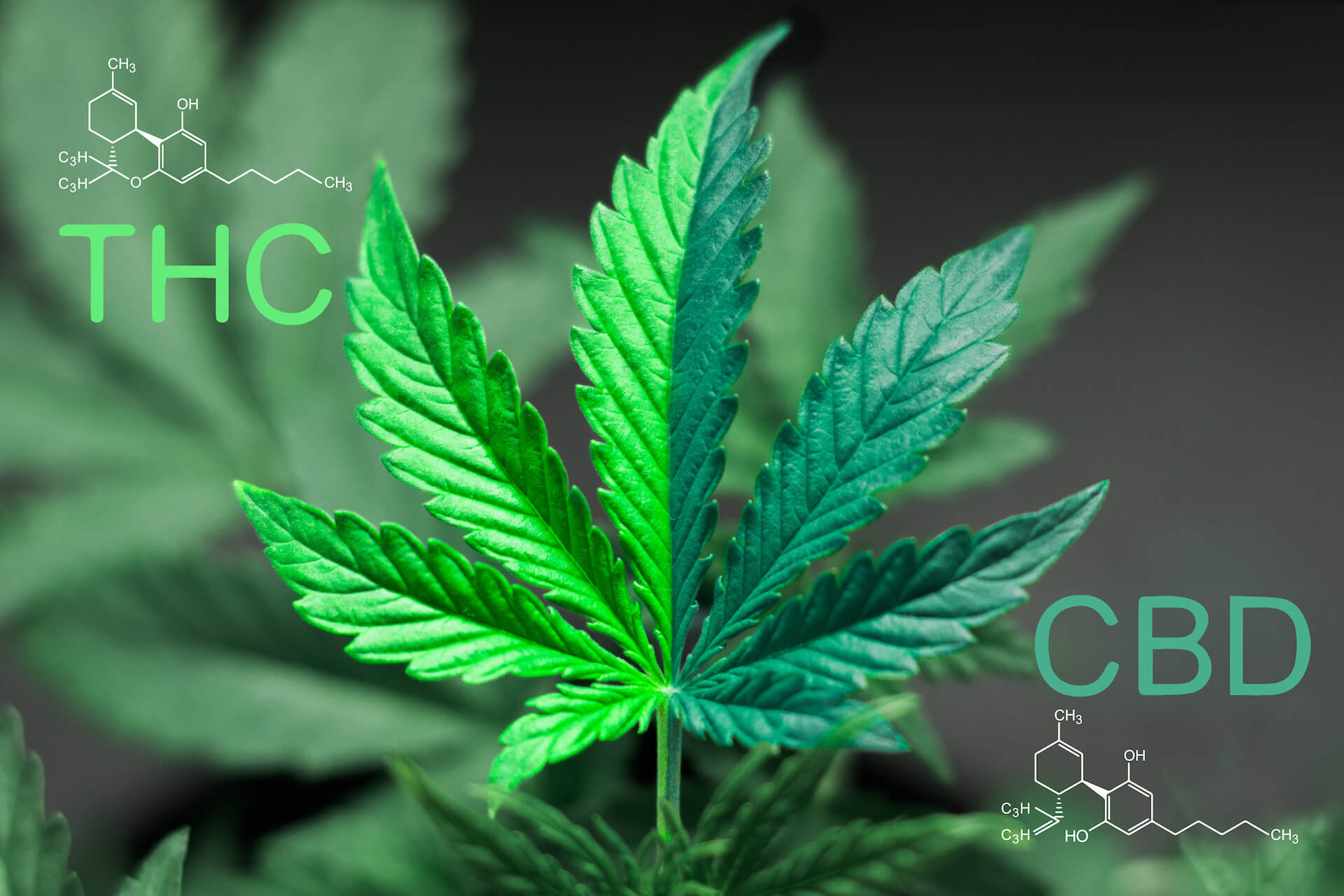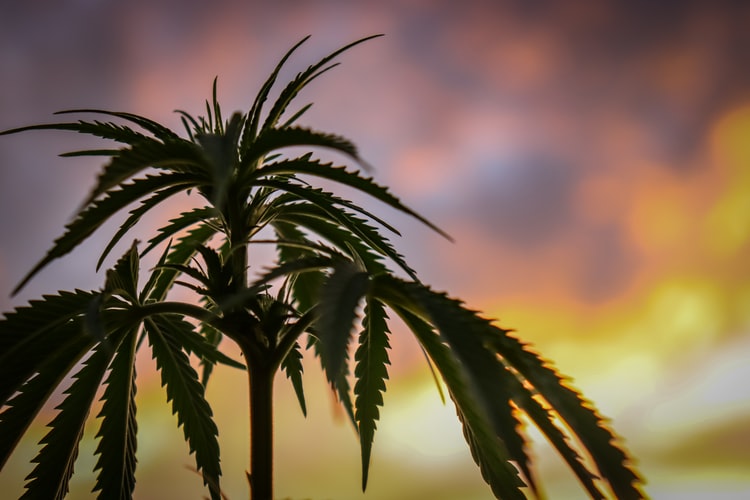
As the legalization of both medicinal and recreational marijuana becomes more widespread nationwide, an influx of cannabis products has invaded the cannabis industry. The ingredients in these commodities incorporate variations of different levels of both THC and CBD. These are the two main chemicals for commercial use that are extracted from the cannabis plant. Marijuana products range from having a combination of the compounds to having just one or the other.
Both THC and CBD are chemicals from the same type of marijuana plant. They also possess many of the same beneficial properties. If they are so much alike, then what is the difference between THC and CBD? Here is a simple overview of what makes the two different.
THC
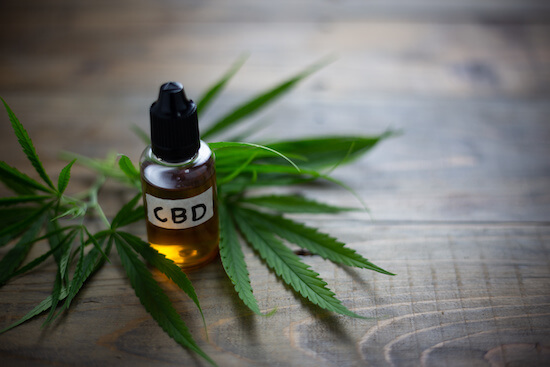
There are approximately 400 chemicals found in cannabis sativa, one of the primary marijuana plants. Over sixty of those compounds are cannabinoids, with THC and CBD being the two most common. THC is extracted from the resin and is used for both medicinal and recreational purposes. The composite of THC is the psychoactive substance in the marijuana plant that gives the user a feeling of being “high.”
The chemical term for THC is tetrahydrocannabinol. It’s also known as delta9-tetrahyrdrocannabinol, delta9-THC, weed, pot, and many other scientific and street names. Medicinally, THC is branded as Dronabinol. The drug Dronabinol is marketed as Marinol and Syndros. These drugs are approved by the Food and Drug Administration (FDA) for the treatment of anorexia due to HIV/Aids, and to help relieve nausea and vomiting that is often associated with chemotherapy treatments for cancer patients.
This is also the chemical component in the marijuana plant that users choose for recreational purposes. The THC in marijuana can make the user feel a sense of relaxation or euphoria. It may also do the opposite by uplifting the user with a boost of energy.
When used in extremely high doses, the compound may cause adverse reactions. It can disrupt various systems in our bodies that control functions associated with emotions, mood, perception, thought process, and motor skills. This can cause the user to make poor decisions and slow the body’s reaction time for physical movements. Misuse of the chemical has been shown to cause an increase in depressed moods and addiction.
CBD
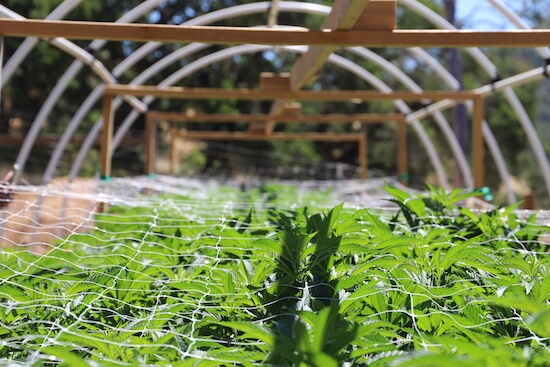
CBD is also known as cannabidiol. This compound is also derived from the cannabis plant but doesn’t have the psychoactive qualities that THC does. As an infused oil or in other forms such as lotions and creams, CBD has many beneficial healing attributes.
CBD is one of the main cannabinoids in medical marijuana. Many of the treatments that CBD and medical marijuana are suggested for are not approved for use by the Food and Drug Administration. The FDA recently approved medical marijuana for the treatment of two rare forms of epilepsy, Dravet syndrome and Lennox-Gastaut syndrome. Although not sanctioned officially by the FDA, medical marijuana and CBD are used to treat and reduce symptoms of a wide range of health issues. These include conditions and diseases such as Multiple sclerosis (MS), glaucoma, Alzheimer’s, wasting syndrome (cachexia), and Crohn’s disease, among many others. The compounds in CBD also have been shown to reduce pain and inflammation significantly.
Endocannabinoid System
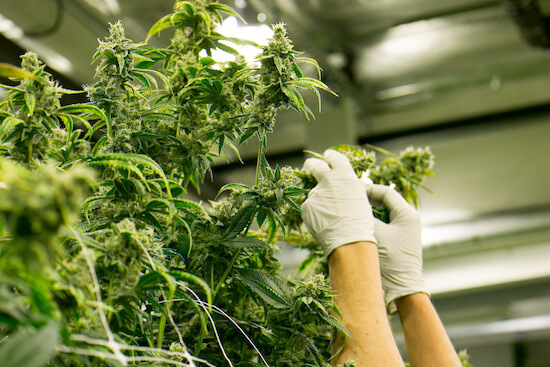
In 1990 scientist discovered that our bodies have an endocannabinoid system that produces endocannabinoids. These are naturally occurring molecules that are very similar in structure to cannabis. The endocannabinoid system helps to maintain our body’s homeostasis. This is the function of creating harmony in our body in response to changes in our environment.
When scientists first discovered the new system, they believed the endocannabinoid receptors were only found in the brain. They ascertained there are two primary receptors, CB1 and CB2. Although many of the CB1 receptors are located in the brain, both are also found throughout our bodies. These receptors have been discovered in our body’s immune cells, bones, fat tissues, muscles, blood vessels, liver, pancreas, heart, digestive tract, skin, and throughout the brain.
In conjunction with other systems, the endocannabinoid system is involved in different processes throughout our bodies. Some of these processes are associated with sensing pain, appetite, memory, and mood. It’s also involved in other aspects of our body, including our metabolism, immunity, and reproductive functions. Many of these are the same functions that are affected by both THC and CBD compounds.
Uses for both THC and CBD
There are a wide variety of CBD and THC products. You just can visit the nearest marijuana dispensary to choose the right products for you.
There are a wide variety of uses for both of these compounds. THC and CBD can be infused with oils such as coconut and hemp. These infused oils can be mixed with other ingredients to create tinctures, lotions, creams, massage oils, candles, and other products. When used as a topical, THC doesn’t cause an individual to get high.
The main difference between THC and CBD is their opposing psychoactive properties. Marijuana with higher THC levels is more commonly used to smoke for its mind and body altering effects. CBD is more often incorporated in products for its healing benefits without giving the user a high feeling.
